.
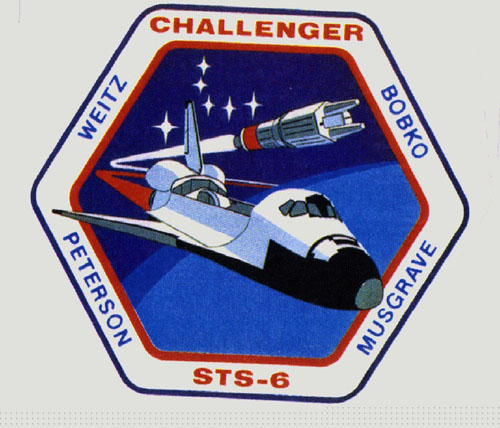
STS-6
Space Shuttle: Challenger
Launch Pad: 39A
Launched: April 4, 1983 at 1:30:00 p.m. EST
Landing Site: Edwards Air Force Base, Calif.
Landing: April 9, 1983 at 10:53:42 a.m. PST
Runway: 22
Rollout Distance: 7,244 feet
Rollout Time: 49 seconds
Revolution: 81
Mission Duration: 5 days, 0 hours, 23 minutes and 42 seconds
Returned to KSC: April 16, 1983
Orbit Altitude: 184 nautical miles
Orbit Inclination: 28.5 degrees
Miles Traveled: 2.1 million
Crew Members

Image above: STS-6 Crew photo with Commander Paul J. Weitz, Pilot Karol J. Bobko and Mission Specialists Donald H. Peterson and F. Story Musgrave. Image Credit: NASA
Launch Information
 The launch set for Jan. 20 was postponed due to a hydrogen leak into the number one main engine aft compartment which was discovered during the 20-second Flight Readiness Firing (FRF) on Dec. 18, 1982. Cracks in the number one main engine were confirmed to be the cause of the leak during a second FRF performed on Jan. 25, 1983. All three main engines were removed while the shuttle was on the pad and the fuel line cracks were repaired. Main engines two and three were reinstalled following extensive failure analysis and testing. The number one main engine was replaced. An additional delay was caused by contamination to the Tracking and Data Relay Satellite- 1 (TDRS-1) during a severe storm. The launch on April 4 proceeded as scheduled.
The launch set for Jan. 20 was postponed due to a hydrogen leak into the number one main engine aft compartment which was discovered during the 20-second Flight Readiness Firing (FRF) on Dec. 18, 1982. Cracks in the number one main engine were confirmed to be the cause of the leak during a second FRF performed on Jan. 25, 1983. All three main engines were removed while the shuttle was on the pad and the fuel line cracks were repaired. Main engines two and three were reinstalled following extensive failure analysis and testing. The number one main engine was replaced. An additional delay was caused by contamination to the Tracking and Data Relay Satellite- 1 (TDRS-1) during a severe storm. The launch on April 4 proceeded as scheduled.Mission Highlights
The primary payload was the first Tracking and Data Relay Satellite-1(TDRS-1). A malfunction of the Inertial Upper Stage booster resulted in placement of the spacecraft into an improper but stable orbit. Additional propellant aboard the satellite was used over next several months to gradually place TDRS-1 into its properly circularized orbit. The first space walk of the Shuttle program performed by Astronauts Peterson and Musgrave, lasted about 4 hours and 17 minutes. Other payloads on this flight were: Continuous Flow Electrophoresis System (CFES), Monodisperse Latex Reactor (MLR), Radiation Monitoring Experiment (RME). Night/Day Optical Survey of Lightning (NOSL), and three Get Away Special canisters. This Mission used the first lightweight external tank and lightweight rocket booster casings.
---
The Space Shuttle Challenger, atop a mobile launch platform, slowly moves through the Florida fog to Launch Pad 39A in preparation for its first liftoff on the STS-6 mission. The fully assembled Shuttle, weighting 12,000 pounds less than predecessor Columbia, completed the trip to the pad in just over six hours on Nov. 30, 1982.
Image Credit: NASA
Image Credit: NASA
---
Astronauts Story Musgrave, left, and Don Peterson float in the cargo bay of the Earth-orbiting space shuttle Challenger during their April 7, 1983, spacewalk on the STS-6 mission. Their "floating" is restricted via tethers to safety slide wires. Thanks to the tether and slide wire combination, Peterson is able to translate, or move, along the port side hand rails.
First called STA-099, Challenger was built to serve as a test vehicle for the Space Shuttle program. Challenger, the second orbiter to join NASA's Space Shuttle fleet, arrived at Kennedy Space Center in Florida in July 1982.
Challenger launched on her maiden voyage, STS-6, on April 4, 1983 and saw the first spacewalk of the shuttle program, as well as the deployment of the first satellite-the Tracking and Data Relay System. The orbiter launched the first American woman, Sally Ride, into space on mission STS-7 and was the first to carry two U.S. female astronauts on mission STS-41-G.
The first orbiter to launch and land at night on mission STS-8, Challenger also made the first Space Shuttle landing at Kennedy Space Center, concluding mission STS 41-B. Spacelabs 2 and 3 flew aboard the ship on missions STS 51-F and STS 51-B, as did the first German-dedicated Spacelab on STS 61-A. A host of scientific experiments and satellite deployments were performed during Challenger's missions.
Challenger's service to America's space program ended in tragedy on Jan. 28, 1986. Just 73 seconds into mission STS-51L, a booster failure caused an explosion that resulted in the loss of seven astronauts, as well as the vehicle.
First called STA-099, Challenger was built to serve as a test vehicle for the Space Shuttle program. Challenger, the second orbiter to join NASA's Space Shuttle fleet, arrived at Kennedy Space Center in Florida in July 1982.
Challenger launched on her maiden voyage, STS-6, on April 4, 1983 and saw the first spacewalk of the shuttle program, as well as the deployment of the first satellite-the Tracking and Data Relay System. The orbiter launched the first American woman, Sally Ride, into space on mission STS-7 and was the first to carry two U.S. female astronauts on mission STS-41-G.
The first orbiter to launch and land at night on mission STS-8, Challenger also made the first Space Shuttle landing at Kennedy Space Center, concluding mission STS 41-B. Spacelabs 2 and 3 flew aboard the ship on missions STS 51-F and STS 51-B, as did the first German-dedicated Spacelab on STS 61-A. A host of scientific experiments and satellite deployments were performed during Challenger's missions.
Challenger's service to America's space program ended in tragedy on Jan. 28, 1986. Just 73 seconds into mission STS-51L, a booster failure caused an explosion that resulted in the loss of seven astronauts, as well as the vehicle.
---
Frams von NASA-Video STS-6 Challenger Mission:
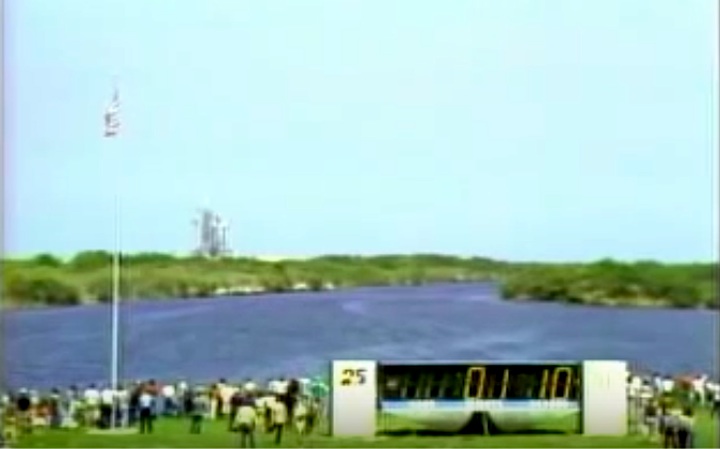
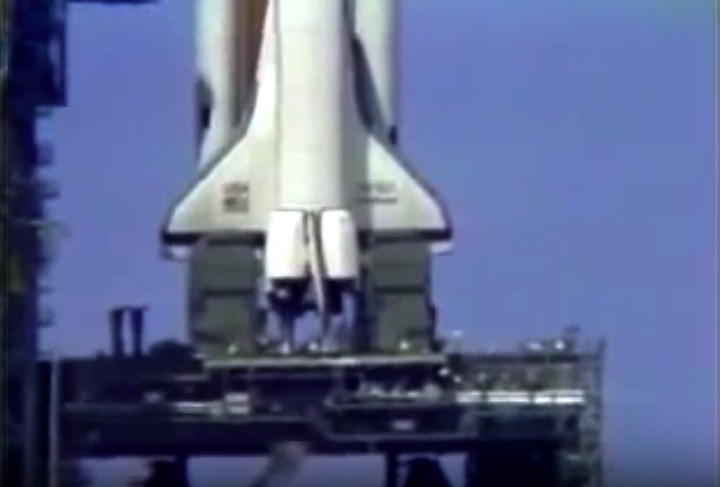

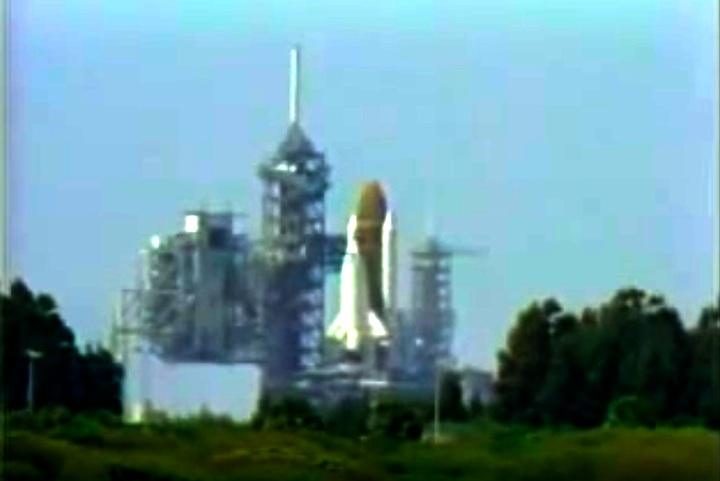
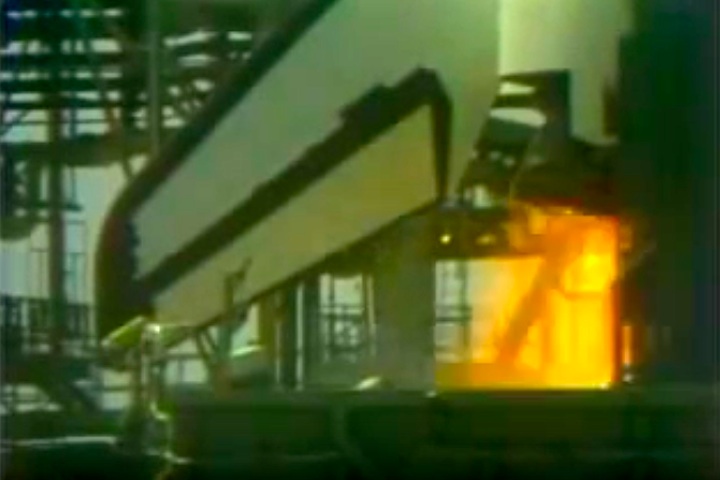
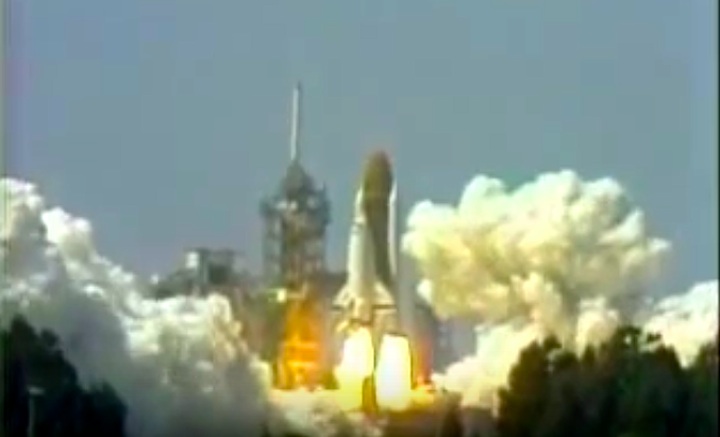
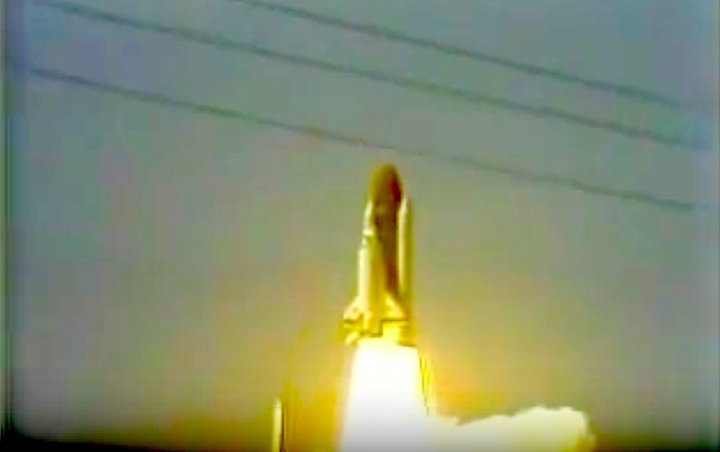
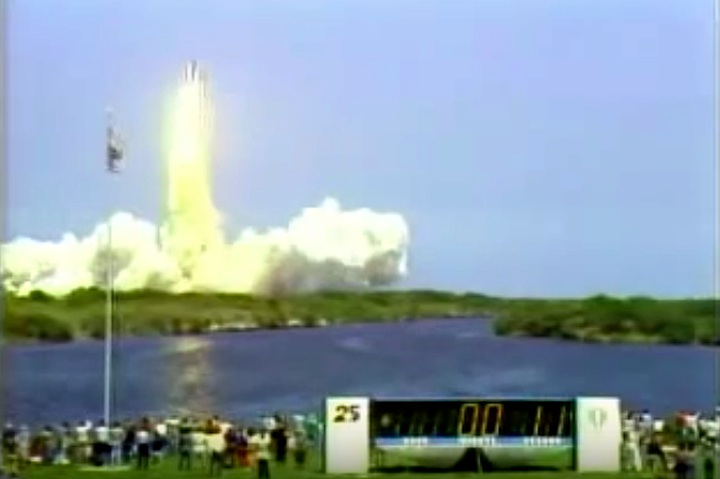
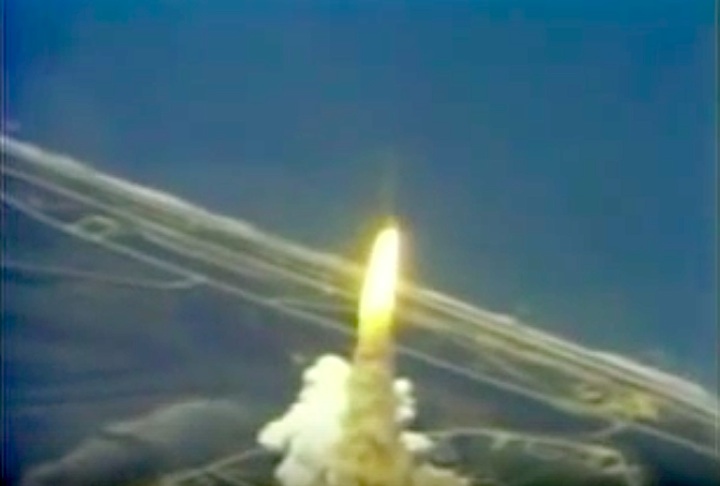
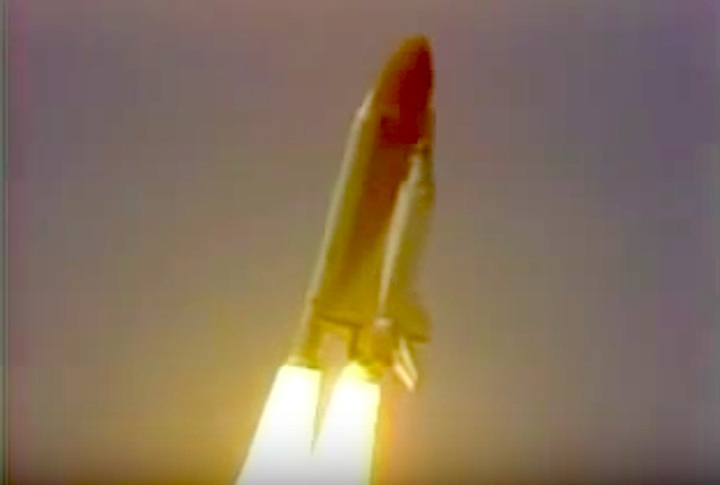
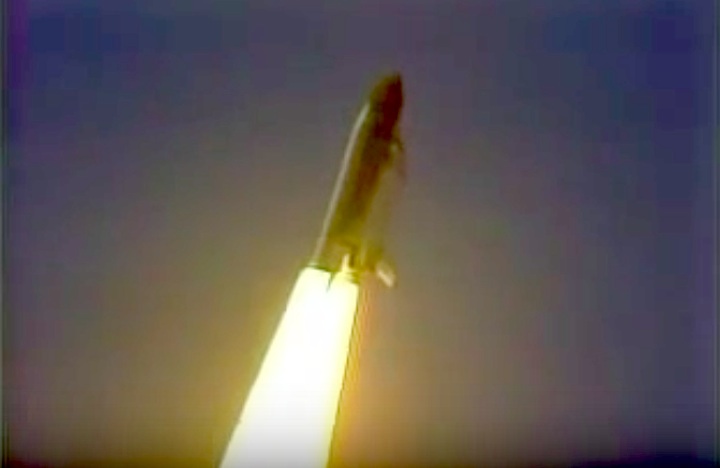

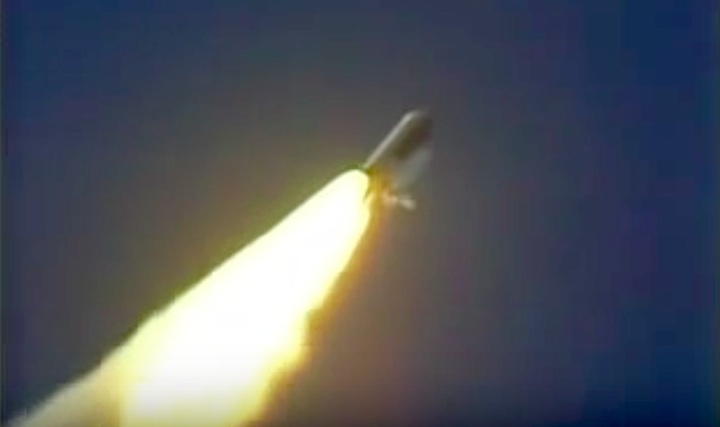

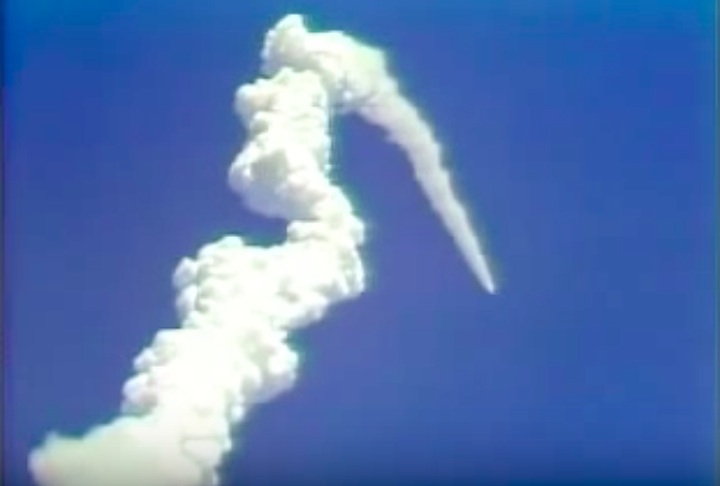
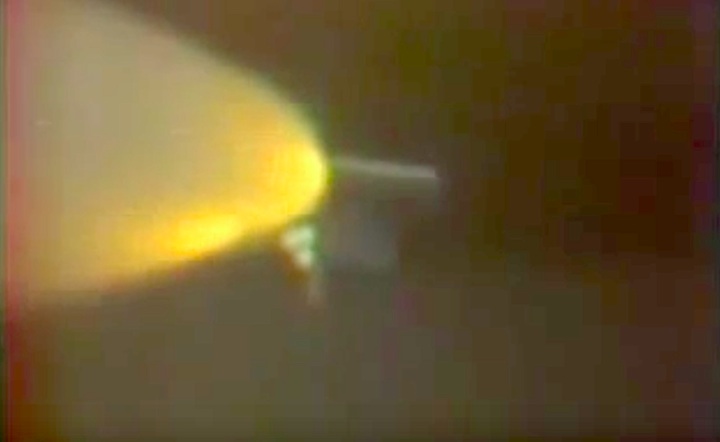
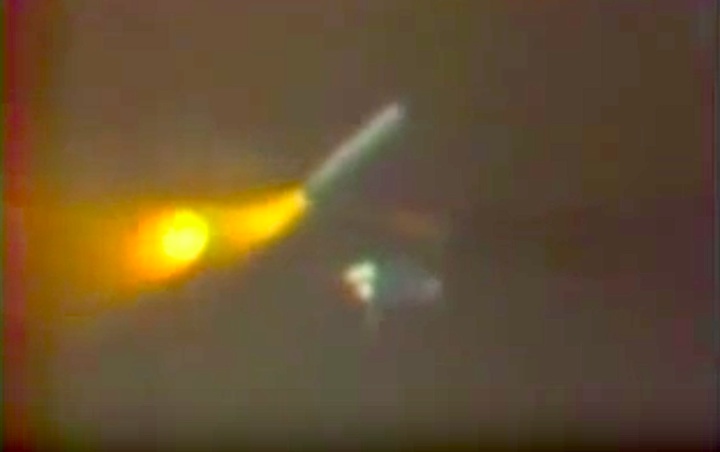
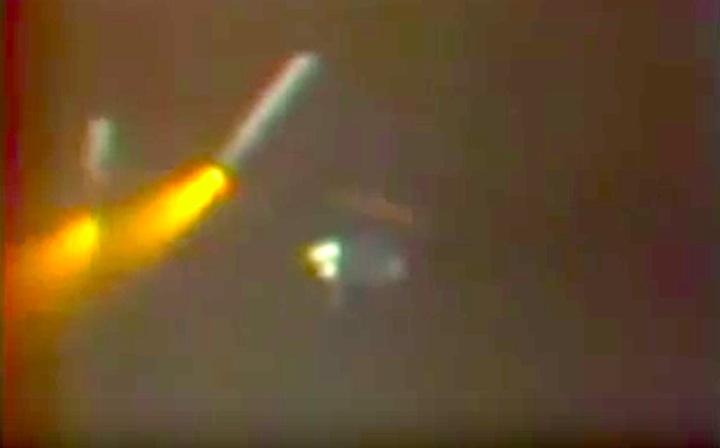
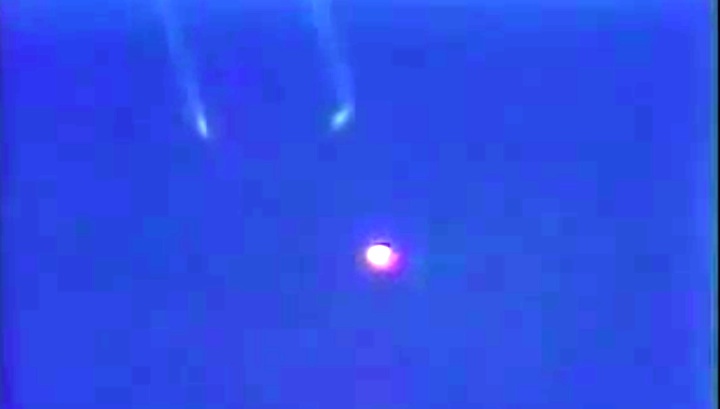
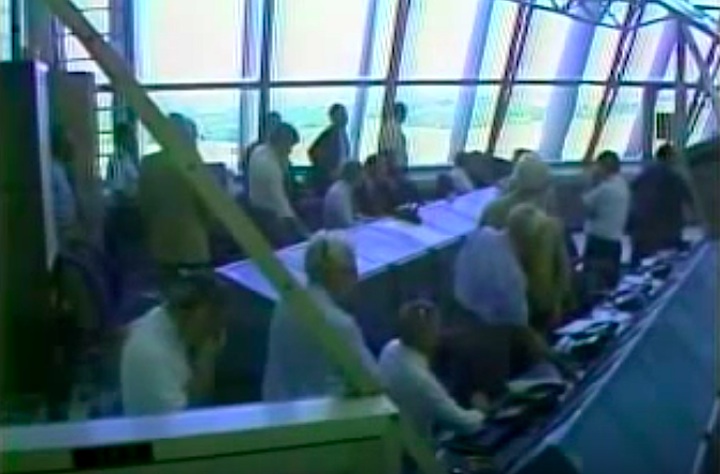
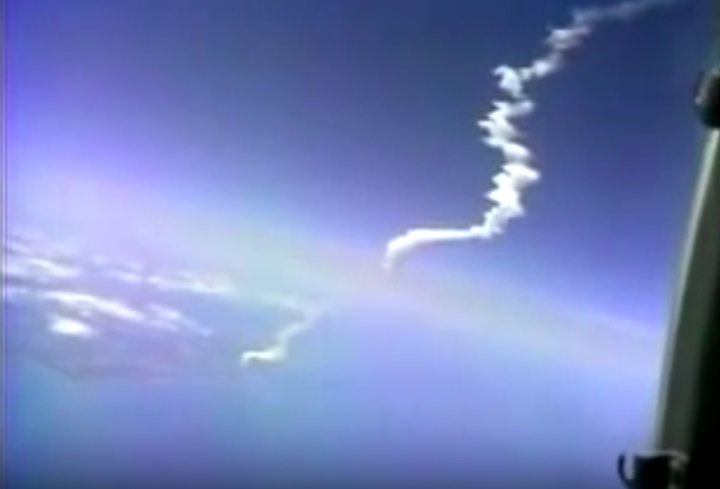
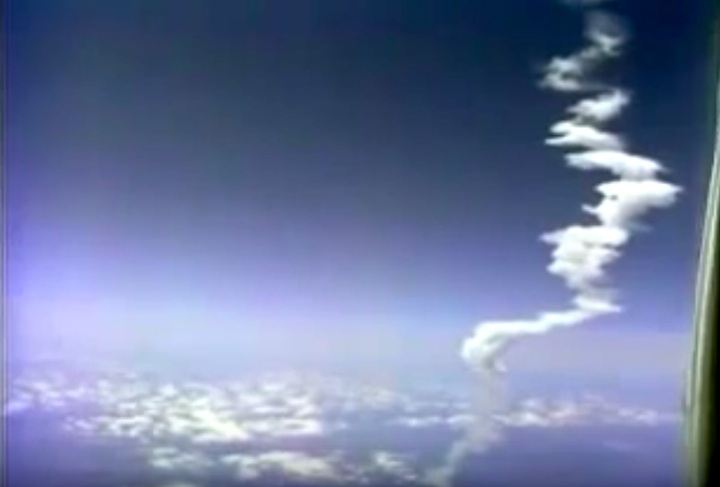
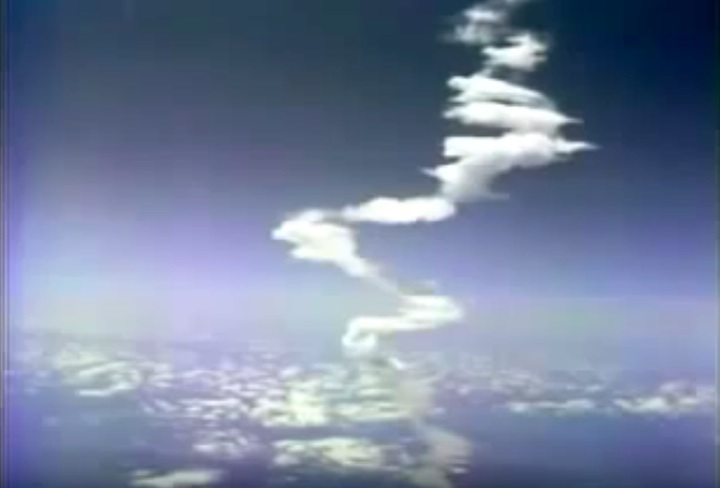
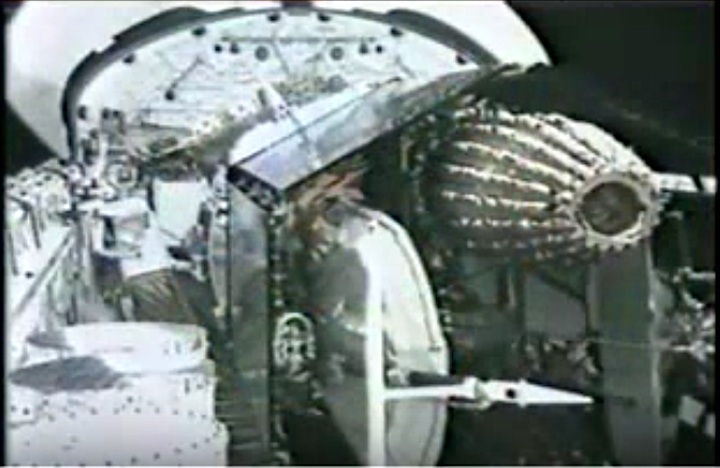
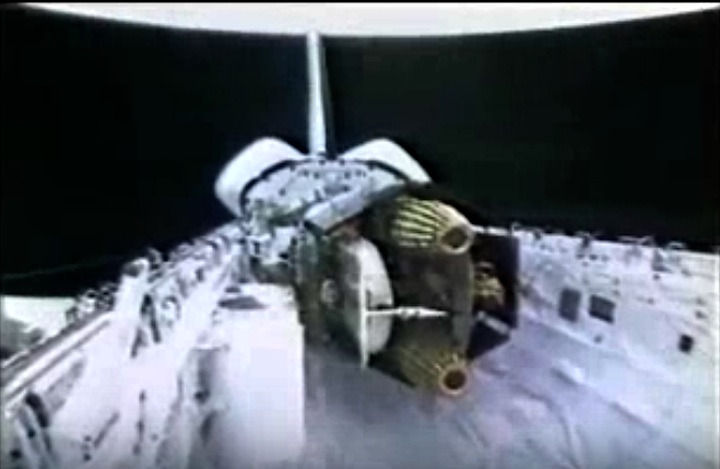
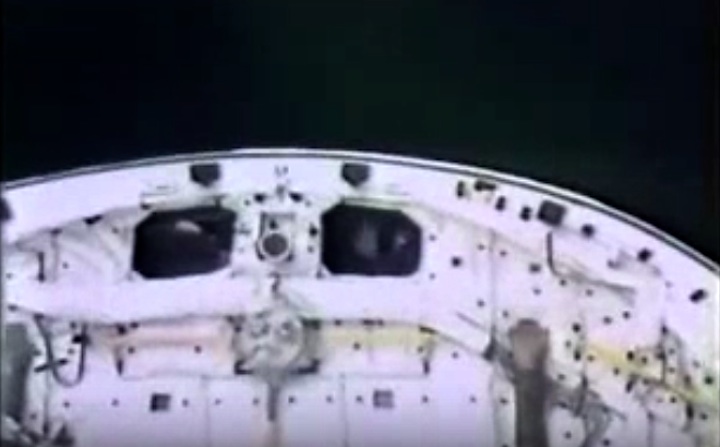
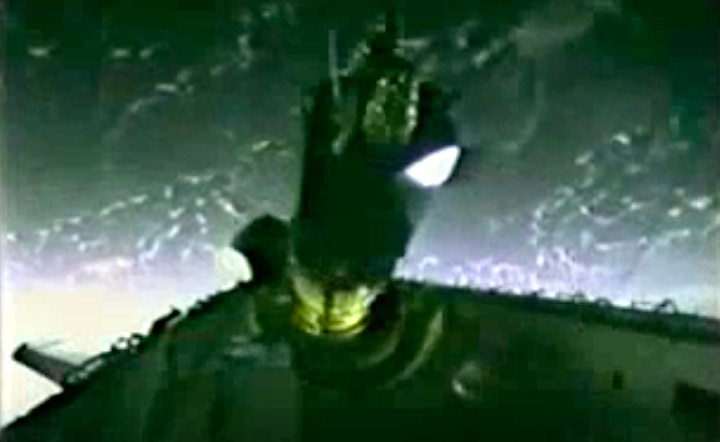
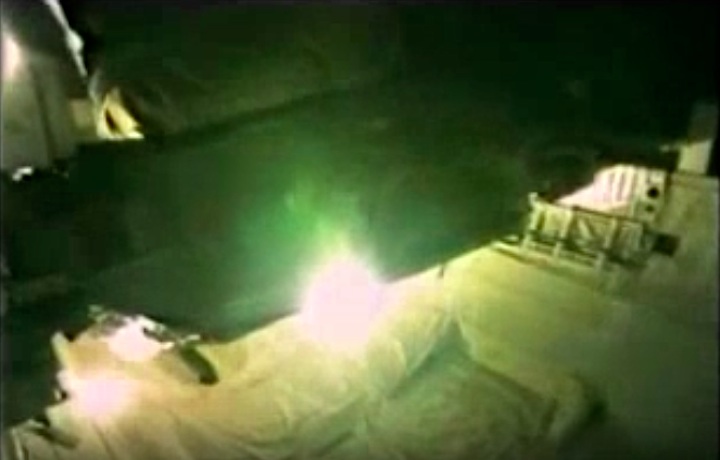
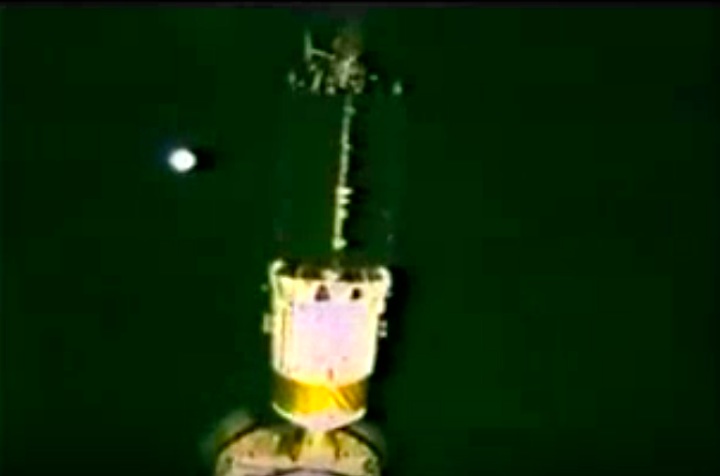
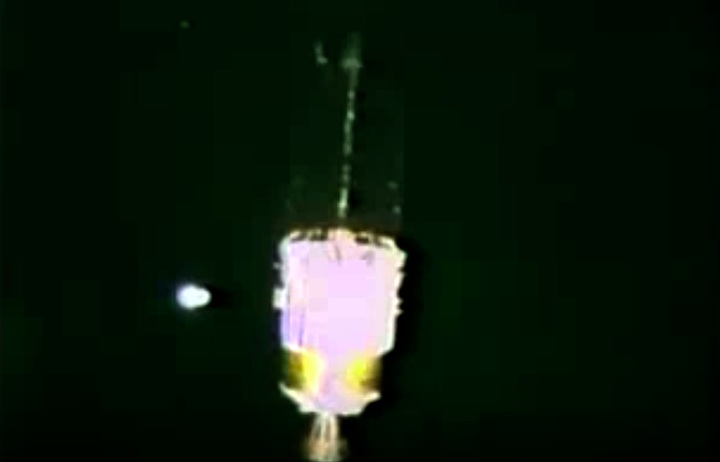
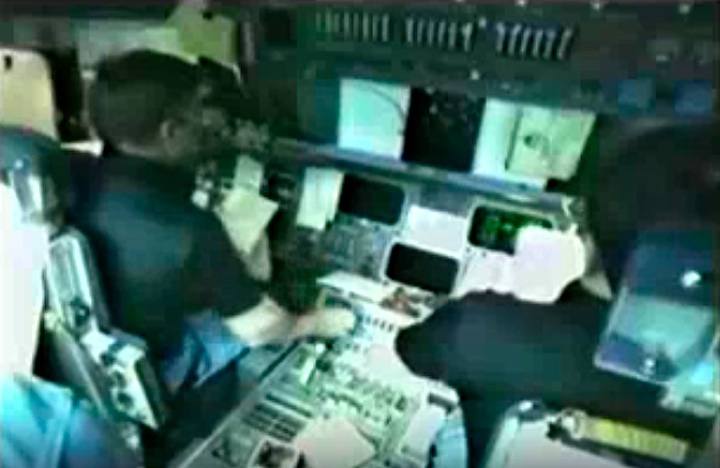
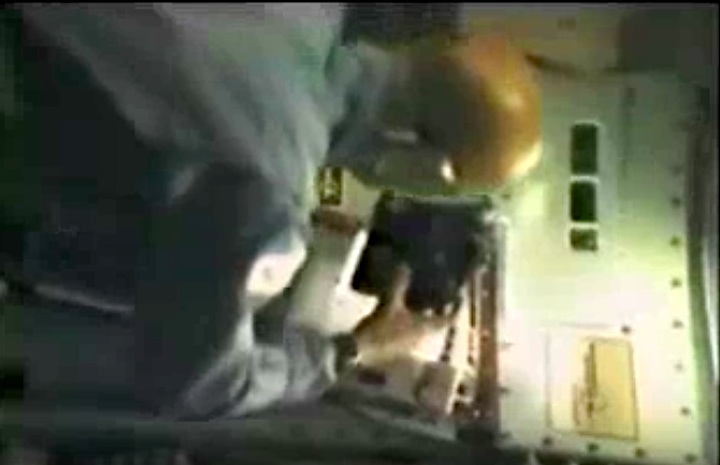

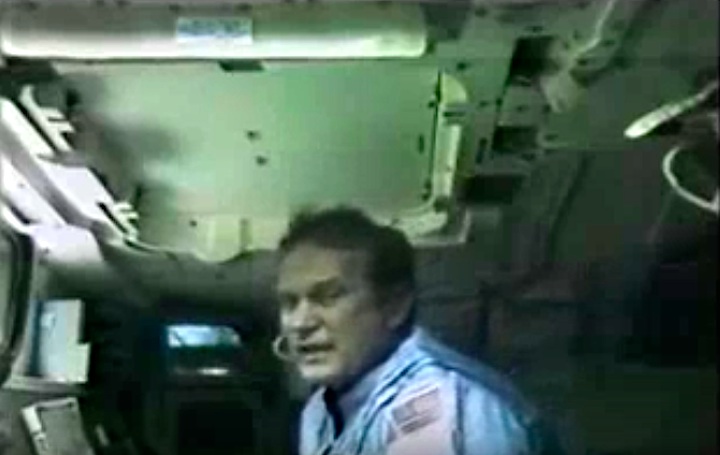
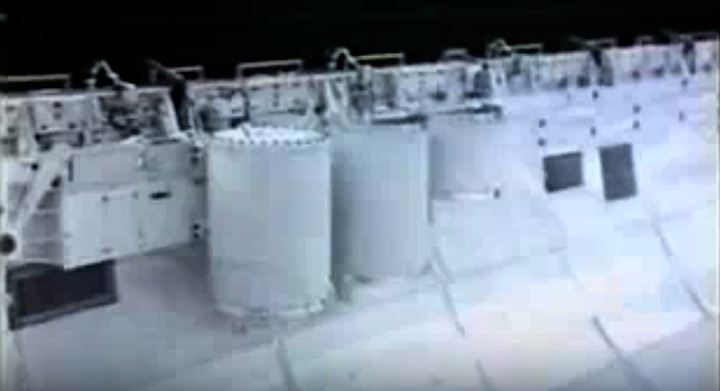

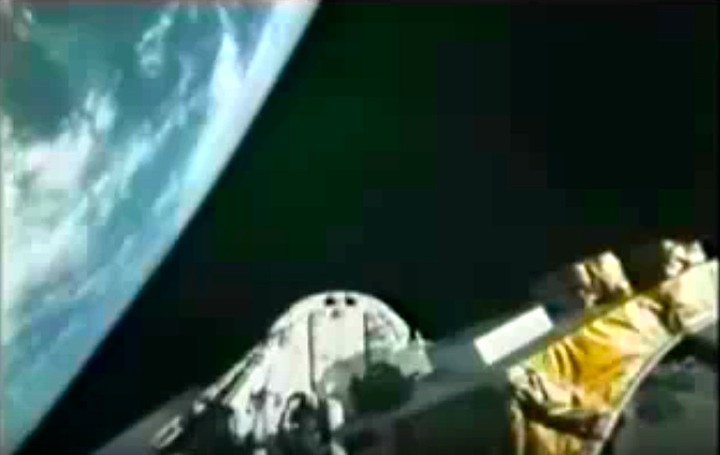
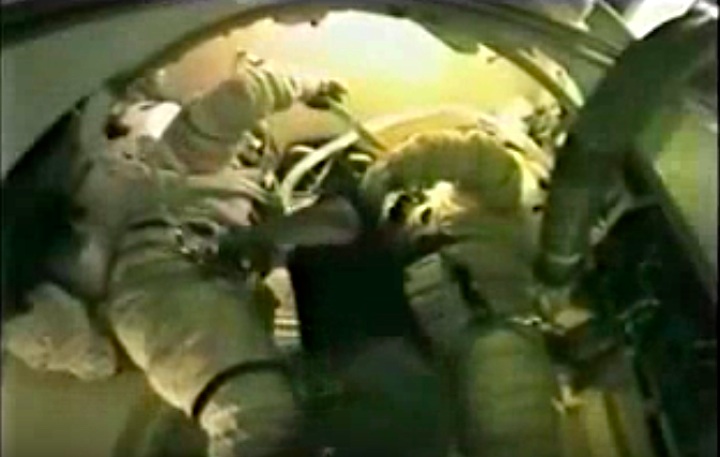
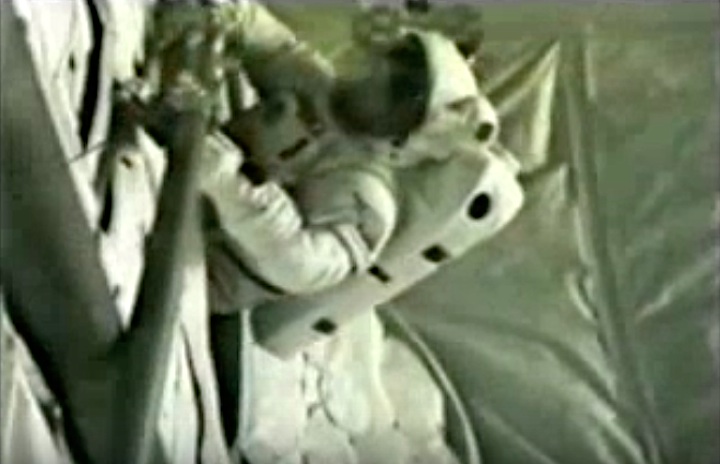
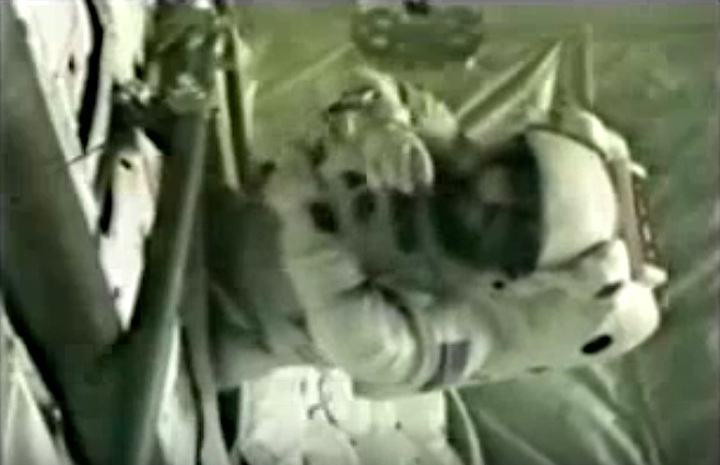
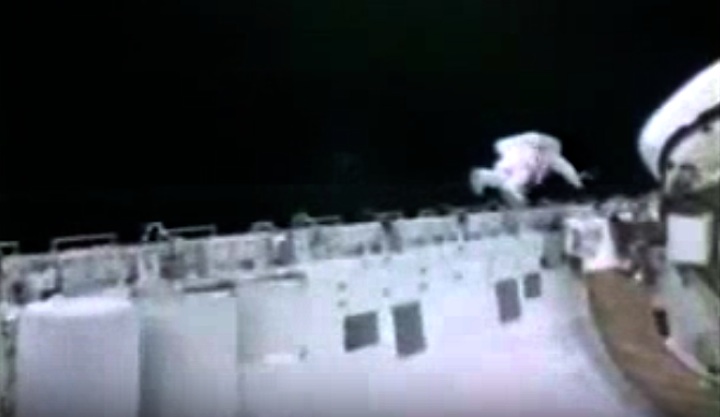
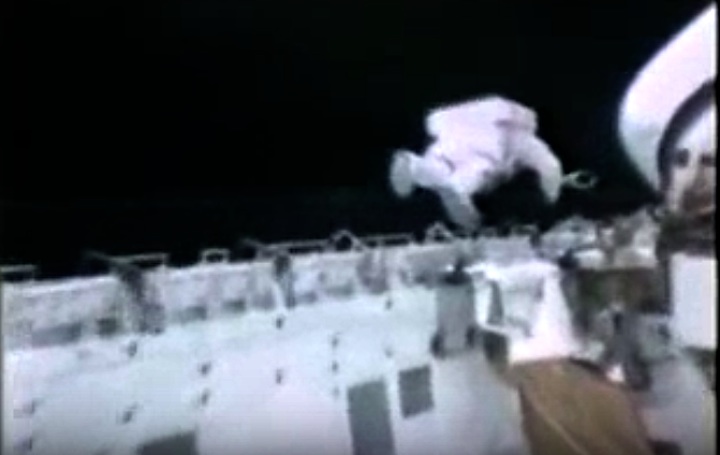
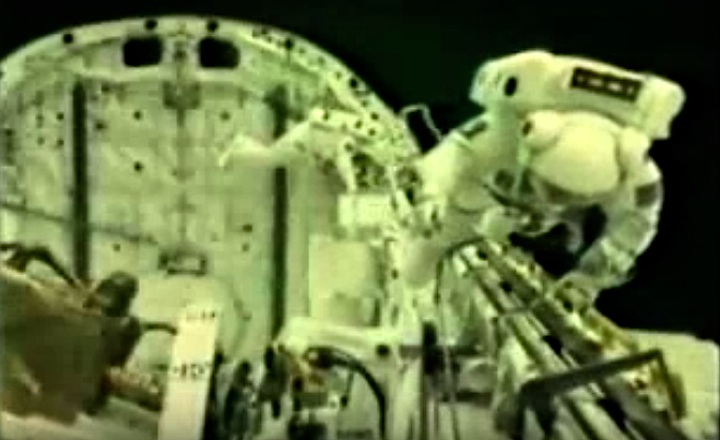
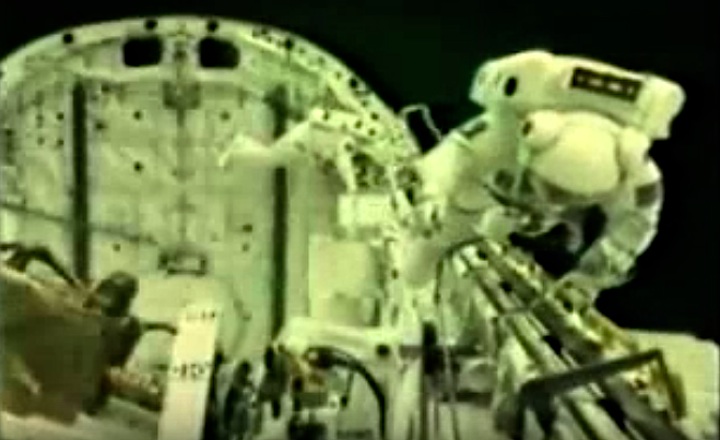
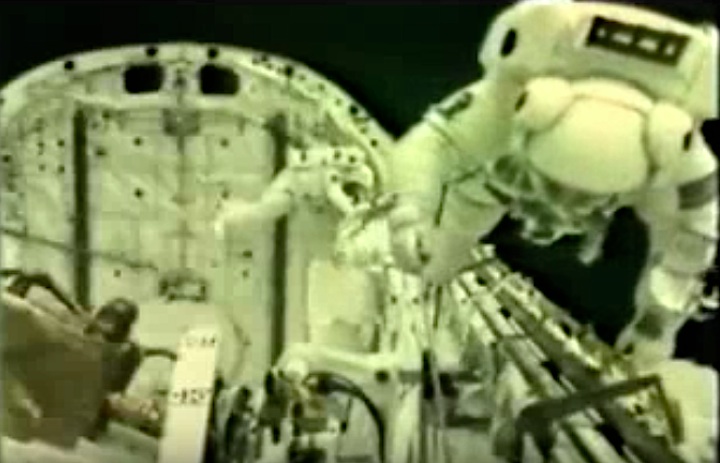
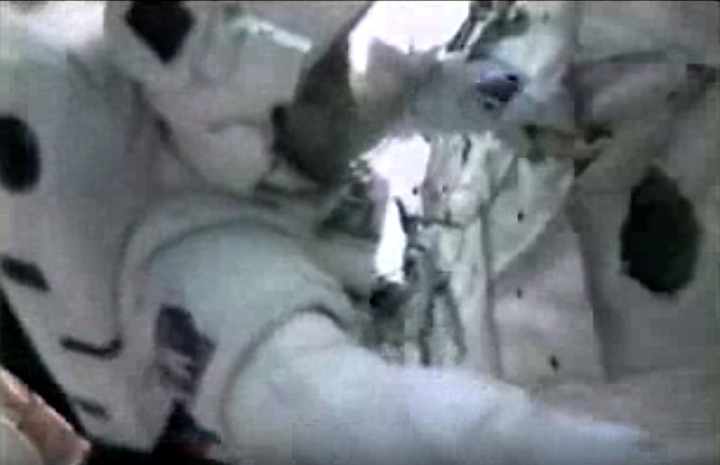
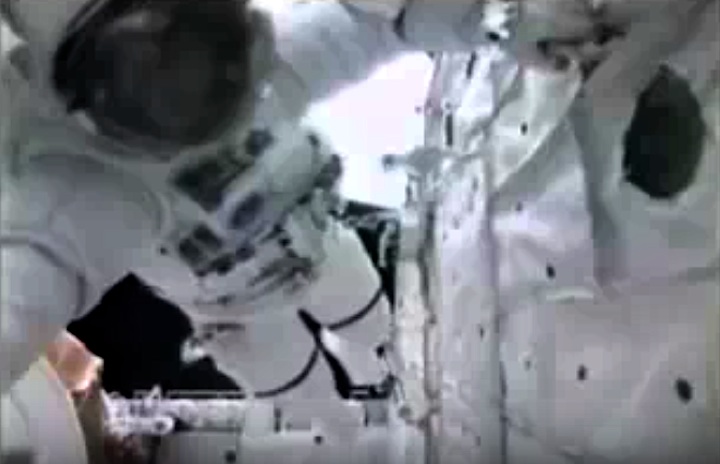
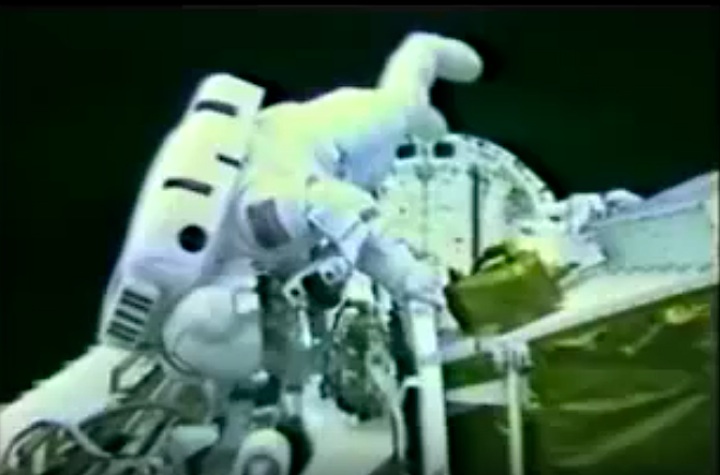
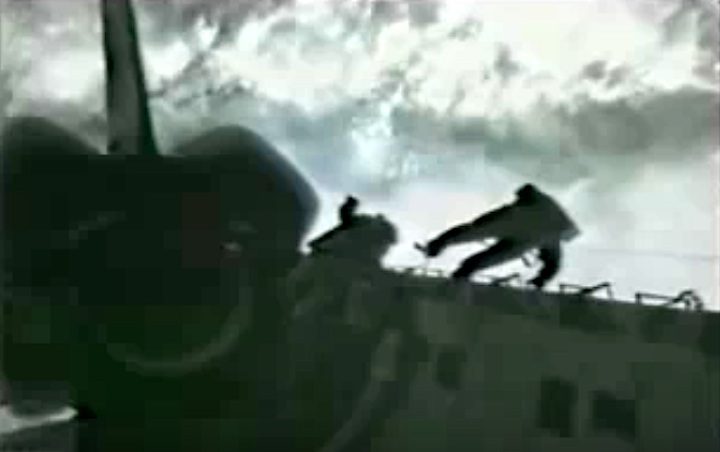
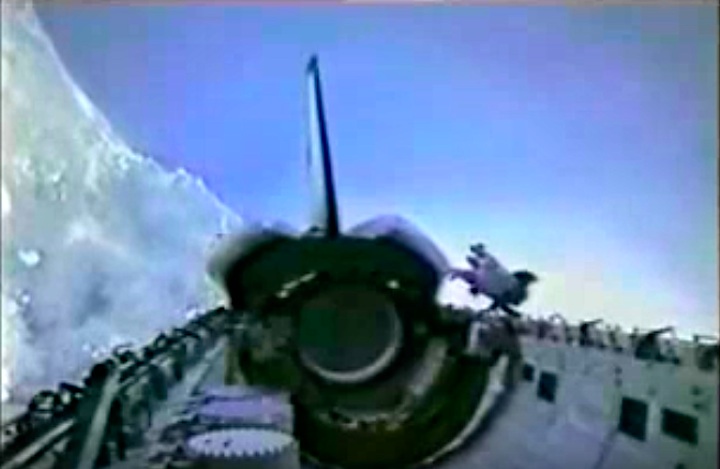
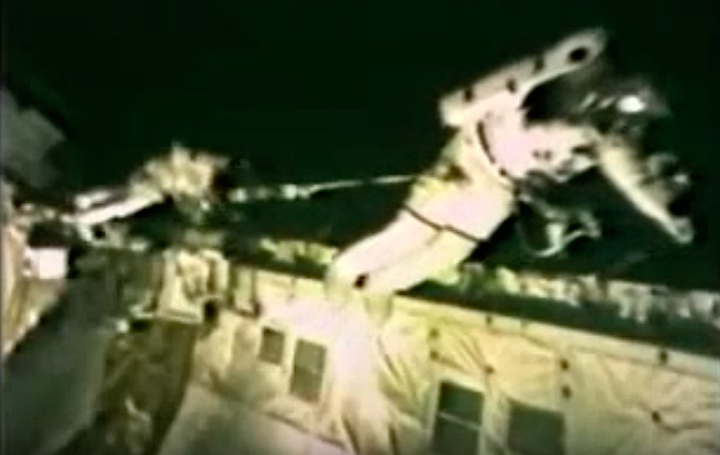
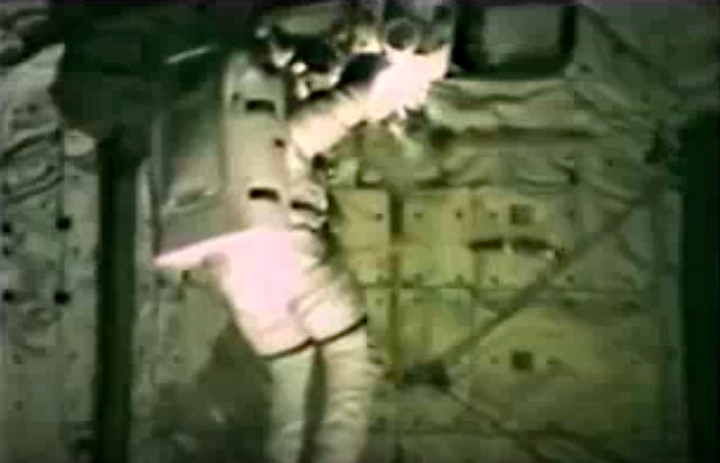

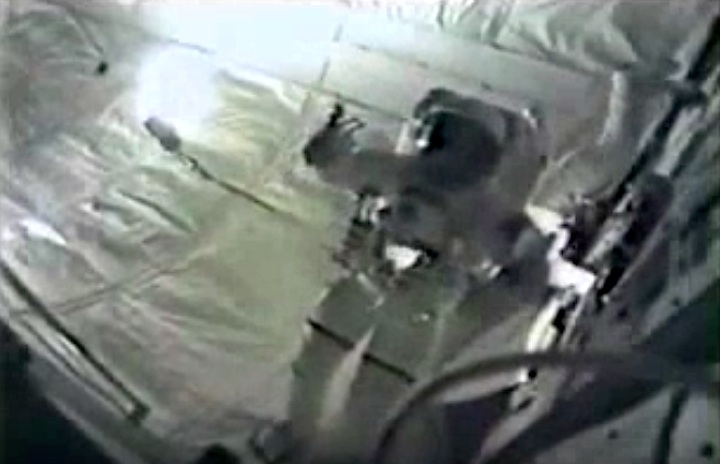

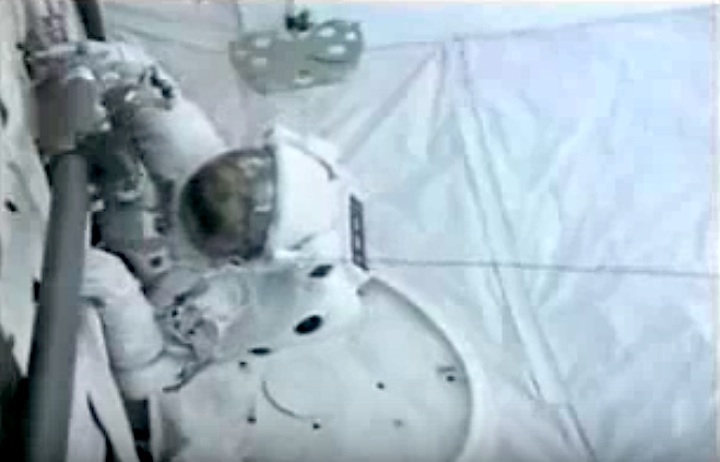

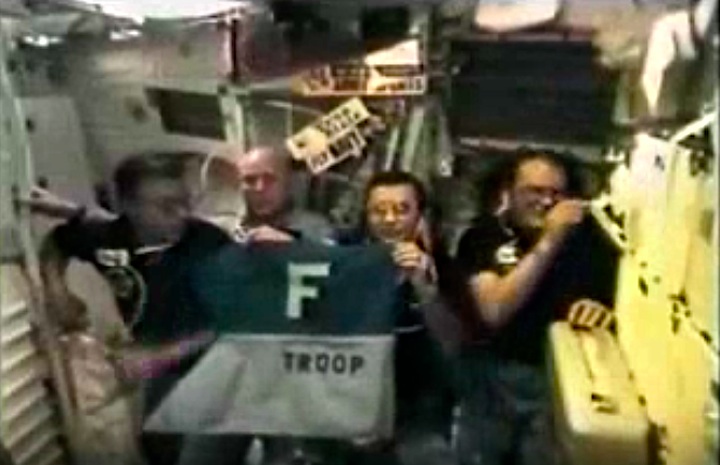

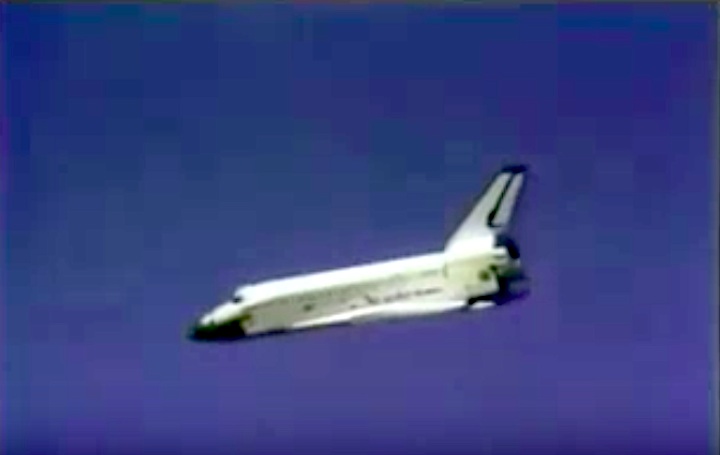
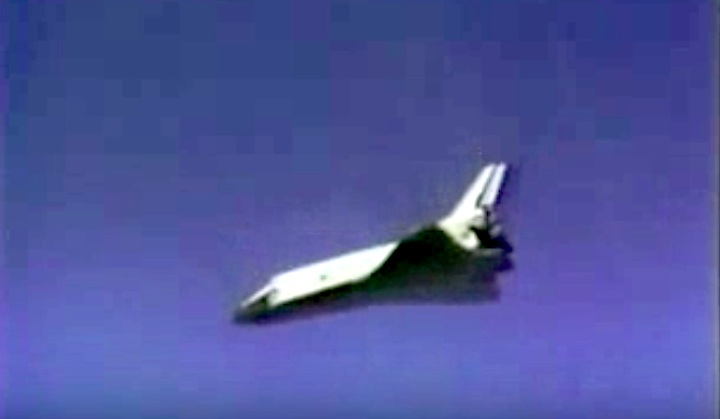
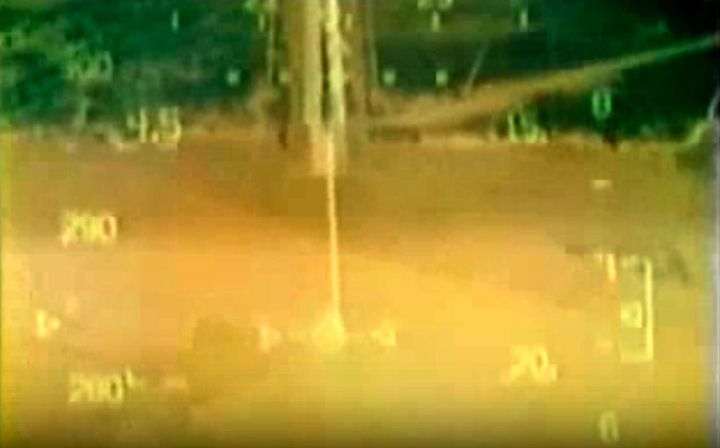
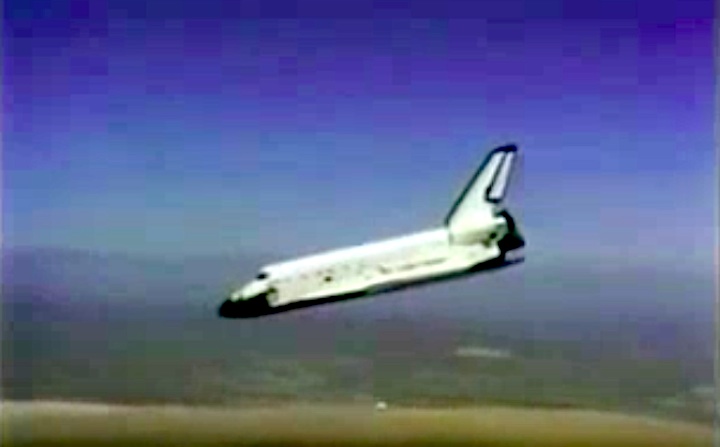

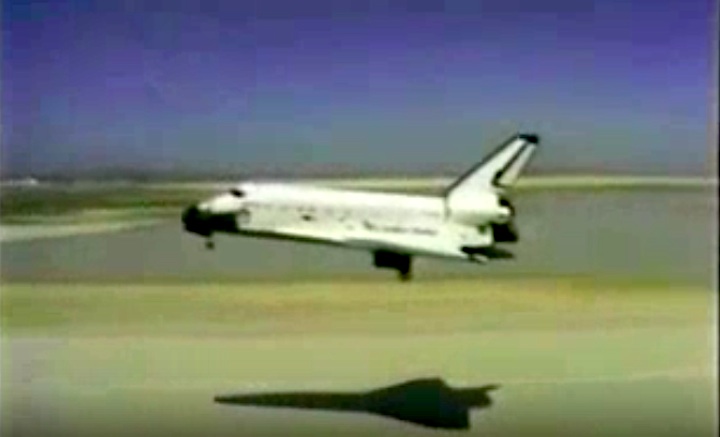
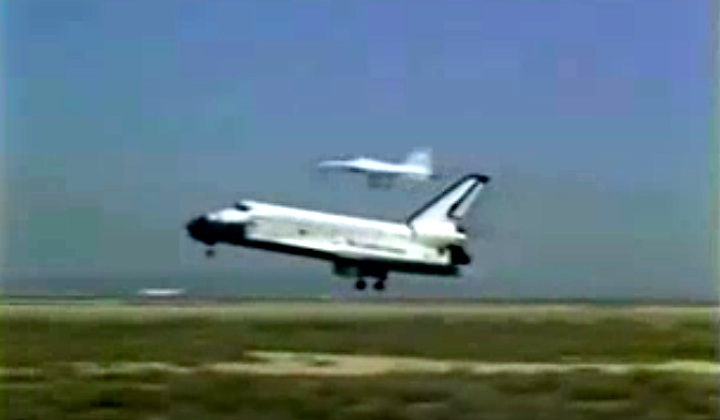
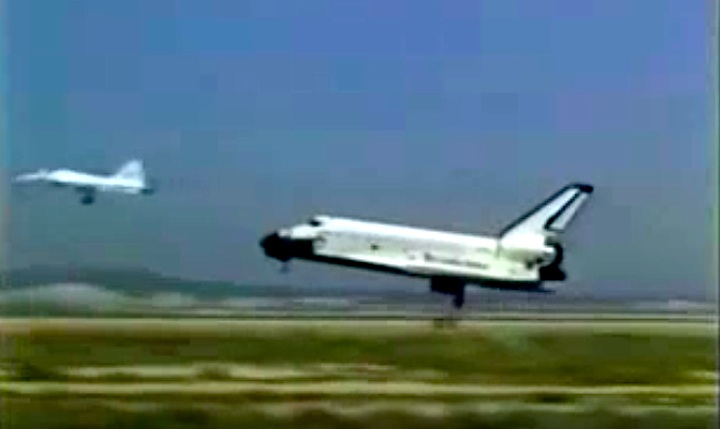
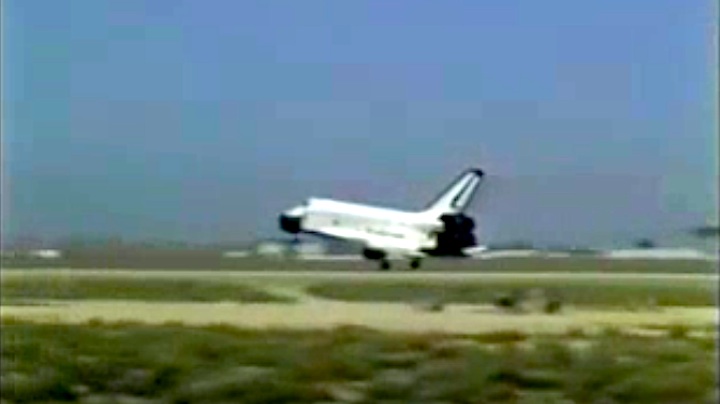
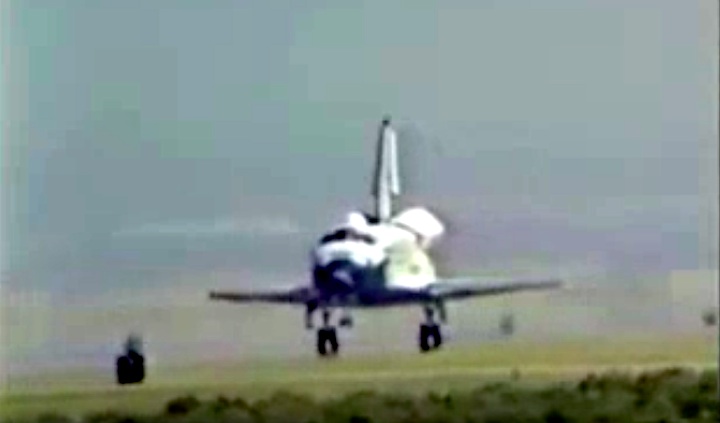
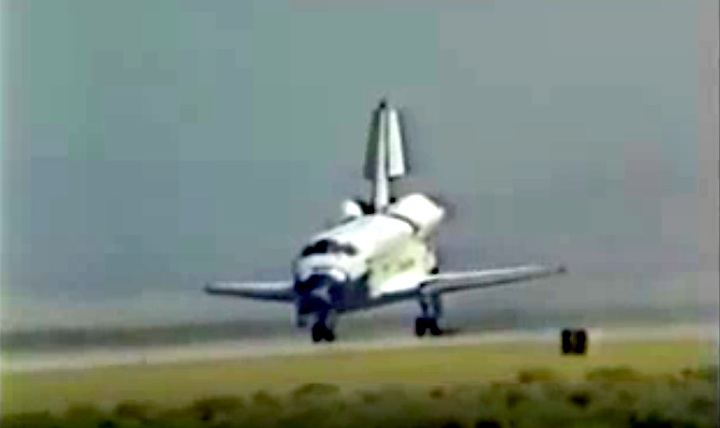

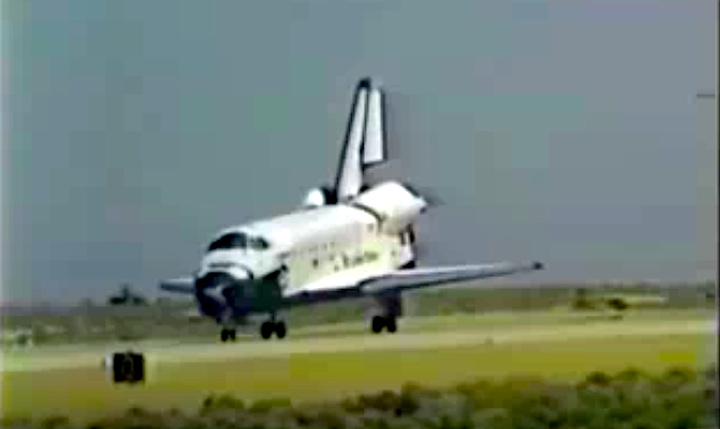
Quelle: NASA
4196 Views


